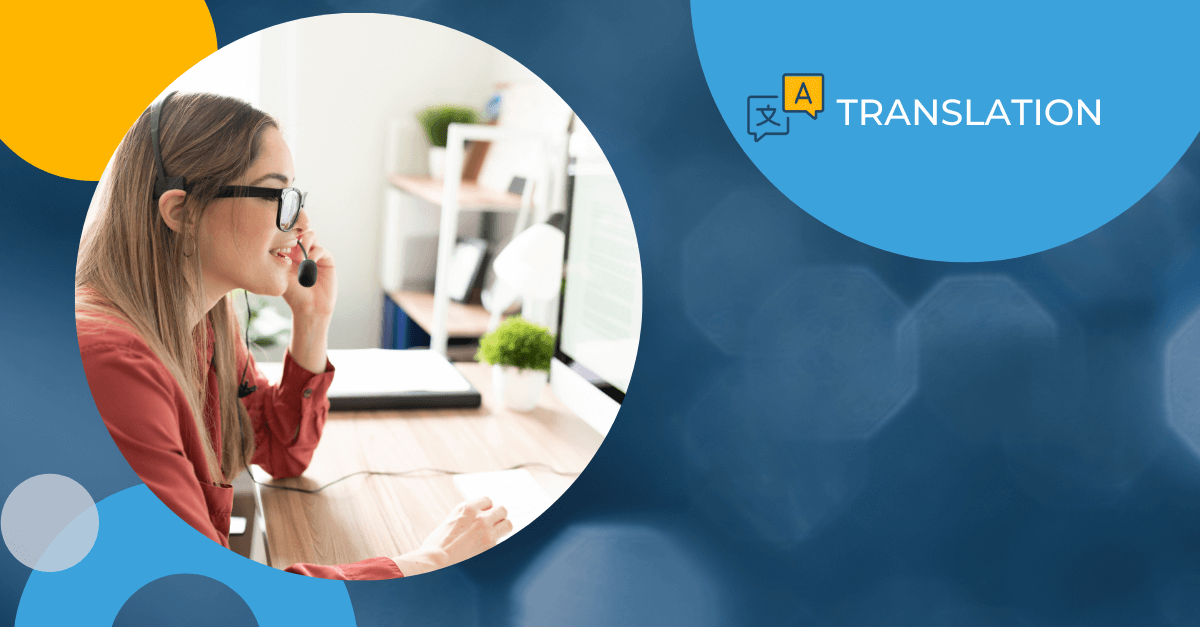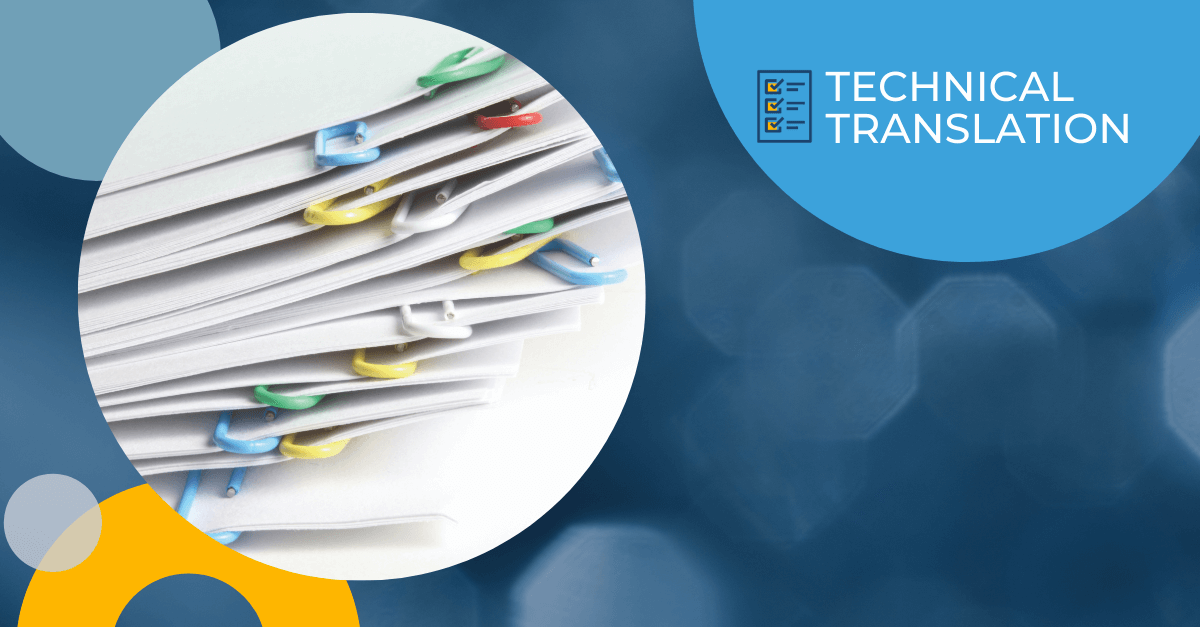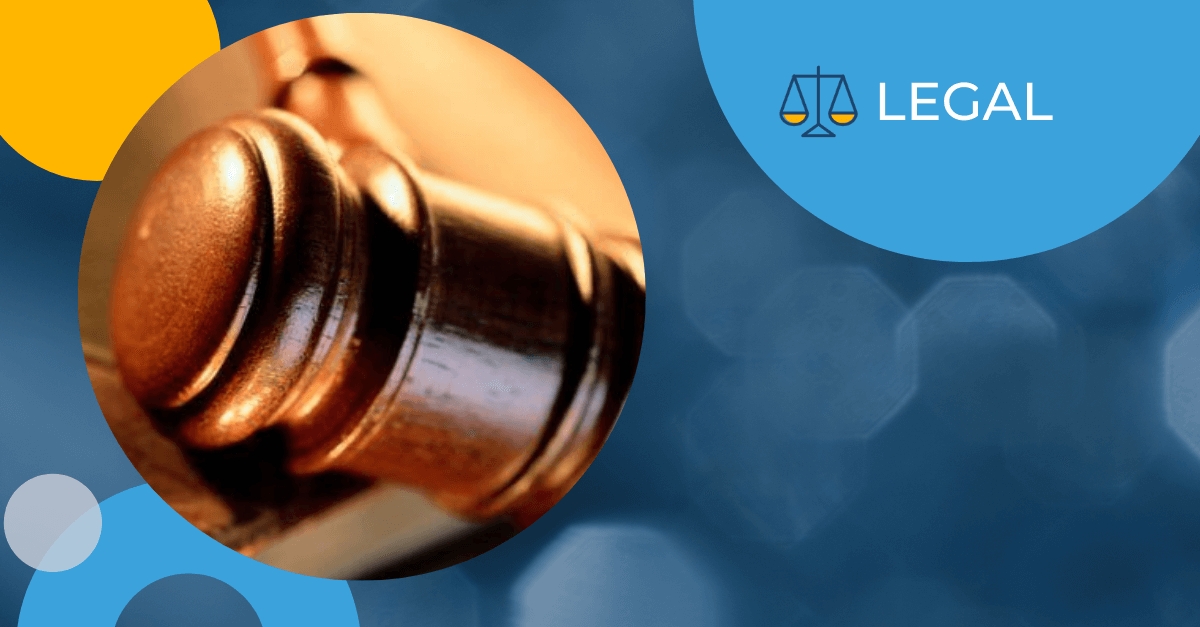Tag: translation service
5 Essential Strategies to Streamline your Translation Process

In today’s globalized market, the accuracy and quality of your translations can make or break your brand’s reputation. Whether expanding into a new territory or refining your messaging for diverse audiences, precision in document translation is not merely a box to check but a critical component of your market strategy. A flawless translation ensures that your message resonates, maintains the professionalism of your brand, and paves the way for successful international expansion.
We understand the complexities you face as you prepare to enter new markets. That’s why we’ve compiled essential strategies to streamline your translation process and avoid common pitfalls. Implementing these steps will enhance the quality of your translations, reduce costs, and expedite your market entry.
Here are five steps you can take to ensure your translation process runs smoothly.
1. Provide Enough Time
Time is everything, and whether you are tackling document translation, patent translation, medical translation, or website localization, you must give yourself enough time to perfect it. You want to ensure that the translator or translation company has enough time to thoroughly research the subject matter, prepare the translation, and revise and proofread until the final draft is perfect.
Collaboration is key. The more time you have with your translator, the more likely you’ll be on the same page. Effective teamwork and communication are key to localization and translation success.
Tip: If you know that you will need a translation and you want to contact a professional translation company, speak with them as early as possible so that they can build a custom workflow for your project and find the ideal translator.
2. Create a Translation Glossary and Style Guide
A translation glossary and style guide are helpful cheat sheets for linguists to understand your company better. A translation glossary includes the company’s “lingo,” which should stay consistent throughout, and words that should not be translated, such as product names. A style guide describes how a company should be presented visually and textually, as well as the overall style and tone. In short, it identifies those branding elements that must remain, no matter the locale. A translation glossary and style guide for linguists can help ensure consistency. Without this, words and phrases can be translated in multiple ways across different languages, meaning more time is spent revising translations to create consistency. A glossary and style guide can help with consistency reduce the time it takes to complete each document translation, and cut costs.
3. Don’t Use Multiple Linguists
You might think that using many linguists for large projects will speed up the process, but it could have a negative impact on the overall quality and cohesion of the project. Why is that? The more linguists involved, the more prone you’ll be to inconsistencies in the translation. Beyond each linguist’s style and tone, many words have multiple translations that could fit in a given language, and consistency is critical when delivering a message and building a brand. This is especially true if you want to keep with a specific and notable brand image or content style used in the past. The same also applies to your proofreader – give one person enough time instead of forcing the issue with multiple people.
4. Provide All of the Details
The more information you can provide to your translator or translation company, the better. Including more details in the translation also allows the service to choose a translator with expertise in that field more accurately.
When you approach your LSP, you should consider providing your project’s scope, purpose and audience, context and any reference materials, quality expectations, and project timeline.
Providing these details helps the translation provider understand your needs thoroughly and deliver a translation that meets your specific requirements. This comprehensive briefing ensures quality and fosters a more collaborative and efficient translation process.
5. Use Translation Memory Tools
Translation memory tools can store segments, such as sentences, titles, headings, and phrases and create a database for future projects. This helps save time and money for project updates or new content translations. It enforces consistency throughout all project versions and cuts time because the linguists don’t have to spend time re-translating the same thing repeatedly. Morningside works with expert providers, which has helped tremendously reduce client costs.
A high-quality translation is critical to bringing your product or service to a new market, and a poorly executed translation can cost you business. By following the above tips, you can improve the quality of your translation, lower costs, and make your entry into new markets more accessible.
Navigating the intricacies of translation is crucial for any business aspiring to thrive in global markets. As illustrated by our outlined strategies, a meticulous approach to document translation can substantially enhance your brand’s international appeal, ensuring consistency, accuracy, and resonance with diverse audiences. It’s not just about converting words from one language to another; it’s about maintaining the essence and professionalism of your brand in every market you enter.
At Morningside, we specialize in transforming complex translation challenges into streamlined solutions tailored to your needs. Our commitment to quality and innovation helps you overcome linguistic barriers and expedite your market entry—partner with us to safeguard your brand’s integrity across languages and cultures. Contact us today to elevate your translation strategy and expand into new global territories.
About Morningside
Morningside, a Questel Company, equips leading organizations with a full suite of end-to-end language solutions. With over 4,000 clients in 55 countries, Morningside is globally recognized for its subject matter expertise and technology innovation in regulated markets such as legal services, life sciences, corporate compliance, and IP services. Our translation, localization and interpretation expertise equips leading global organizations with the tools to operate seamlessly in foreign markets, overcome regulatory hurdles and connect with audiences worldwide. Global 500 companies, international law firms, and regulatory bodies rely on us as a trusted partner to make intelligent choices for their most valuable assets.
Get the latest insights delivered to your inbox
Reviewing a Translation

When choosing a translation service, it is important to find out which translation company can provide you with the quality legal translation or technical translation you require in order to ensure top quality.
Morningside is a translation service which delivers top quality translations since we are a translation company that insists on reviewing each and every single legal translation or technical translation that is delivered to our clients.
Reviewing a technical translation or a legal translation requires not only a cursory review of the completed language translation, but also requires further layers of review. As a translation company, we strive to ensure the review of the technical translation, legal translation, or patent translation that our client receives includes layers of review.
These layers of review include but are not limited to, review of language, review of specific terminology to ensure consistency, review of dialect, and review of spelling. While there are other areas of review which we take care of, at the end of the day all of these measures are what makes Morningside your choice for a translation service or translation company.
Whether your needs include a document translation, legal translation, technical translation, patent translation, or document review, Morningside can assist you and provide you with a top quality translation and we ensure that the following time you are seeking a translation service or translation company, you will look to Morningside for their translation and review expertise.
Get the latest insights delivered to your inbox
Professional Translations

The translation of consumer products labeling and instructions is no simple task. For pharmaceuticals and other medical translations, an incorrect or unclear translation can have serious repercussions. Cultural sensitivity is also paramount: words and phrases that are catchy in English can fall flat or even offend your target audience.
One thing you should certainly not do is use machine or Internet translations. These translations are not nearly accurate enough. For example, the washing instructions on a child’s sweater in Germany were translated as “washing from the left side,” which obviously makes no sense. What the label was trying to say is “wash inside out.” This error was due to a literal translation of the German instructions, and a literal translation is rarely an accurate one.
Here is another example of a faulty translation, though this one was apparently the result of human error. You would probably think twice about purchasing the Tehao Rechargeable Shaver (made in China) that included these instructions in English: “Smuggle the razor blade (reference value around 400 g) on your muscle vertically, then drag your skin and shave back slowly. Too much strength on muscle may cause quick wear and tear, poor shaving feeling and outer razor blade’s tear.” This is probably not the work of a professional translator.
One way to avoid obvious translation errors that are laughable as well as those that can offend is to use a translation company that relies on translators in the target country, or who are at the very least native speakers of the target language and familiar with cultural sensitivities and proper idiom. Trying to save money by relying on machine translations or a translation service that offers rock-bottom prices (and inevitably quality as well) could end up making your product the butt of jokes.
Get the latest insights delivered to your inbox
It Takes a Patent Lawyer

Given the current state of the global economy, few companies can afford not to consider cost-cutting measures regarding their intellectual property procurement and patent translations.
Whether you are the Chief Patent Counsel for a Fortune 500 biotech company, or a patent attorney representing clients with a very limited patent portfolio, evaluating your patent translation costs related to overseas patent prosecution could make a significant difference in your–or your client’s–bottom line.
Chances are you or your outside counsel currently relies on foreign associates to handle both the translation and the national phase filing of the application. Many patent groups have never seriously considered the possibility of “unbundling” these services and using a separate vendor for the patent translation. Certainly there are a number of advantages to the status quo approach. For law firms, reciprocity is important, and providing your foreign associates with more business—including translation business—helps your firm get more business in return. For busy and often under-staffed in-house patent groups, dealing with one foreign patent firm as a “one-stop-shop” for both translating and filing a patent in a given country appears easier and more convenient. For the foreign associates, the status quo is also ideal, since the high fees they charge for translating the patent is an important revenue stream.
But this convenience could be far more expensive than you realize. Given limited patent budgets, cuts that are not made in translation costs could lead to other reductions that are far riskier: the outsourcing of patent drafting work, a reduction in the number of countries you file in, or the use of less accurate machine translations to translate prior arts that are critical in understanding the patentability of an application that is being drafted.
There are several options for companies that want to reduce their patent translation costs related to filing. The most obvious option—one that is becoming far more common—is filing your patent only in countries where the filing language is English. That means filing in the United States, Canada, India, Australia, Israel, and the EPO (though claims need to be translated into French and German), and several other important markets without incurring any translation costs at all. Certainly, this strategy will significantly reduce the overall cost of filing a specific patent. But of course it also means that your or your client’s invention will not be protected in several major world economies and economic blocs: Brazil, China, Japan, Russia, Latin America, and the Gulf States, to name but a few.
Another option to reducing patent translation costs is focusing on regional blocs where one translation will cover multiple countries. For example, translating your patent into Arabic will allow you to file with the GCC (Gulf Cooperation Council), which includes Saudi Arabia, Kuwait, Qatar, and the UAE. That same Arabic translation (with minor modifications) can also be used to file in Egypt.
Finally, another strategy that is worth considering is turning to a patent translation firm—like Morningside—with proven expertise in translating patent applications. Once the patent translation is completed and returned, you can submit it directly to your foreign associates for filing. Depending on the number of countries where you file, the savings can be very substantial. For example, one of our clients estimated that they would save over $500,000 a year on their filings by using our services for the translation work, and relying on their foreign associates for the filing work only. By saving on translations, they have been able to avoid other cuts in their patent budget and improve their overall bottom line.
We will have more to say about the process of switching from foreign associates for patent translation work in a future posting.
But first a quick note about translation firms. While most American firms employ experienced, certified translators, only a small number of these firms specialize in patent translations. And even fewer utilize native language translators in the target countries with the technical and linguistic background to handle a complex nanotech or biological patent.
But even that is not sufficient. Even the best translators, editors, and project managers probably do not have the necessary legal and technical knowledge to guarantee the most accurate translation possible. It takes a patent lawyer with significant expertise in his country’s patent laws and a grasp of legal nuances related to a patent’s claims. That is why Morningside partners with patent firms in the target countries and relies on native language patent attorneys to oversee the translation process, and carefully edit and proofread the translated application. We believe that it takes a patent lawyer, and most of the patent lawyers that we are pleased to count among our clients believe it does too.
Compromising on patent translation costs should not entail compromising on quality. And one aspect of quality you should absolutely not compromise on is ensuring that your translated applications are carefully reviewed by a patent attorney in the target country before they are filed.


